
Most guys can probably attest to knowing that vegetables are healthy and that it’s important to eat a wide range of them daily to provide your body with vital nutrients. After all, one of the earliest memories of parental advice that many of us can recall is some sort of dinner table staredown in which a parent or guardian said, “You have to eat your vegetables!” Though it was probably met with sighs of protest at the time, it’s good advice: Vegetables offer essential vitamins, minerals, and antioxidants, and they provide fiber for healthy digestion and gut health. Moreover, the prebiotic fiber in vegetables supports the bacteria in your gut, which are key players in helping you digest and absorb nutrients, fend off pathogens, and prevent systemic inflammation.
While all veggies are nutritious, some are particularly beneficial for your health. Many of these healthy vegetables are scientifically determined to top the charts of the most nutrient-dense vegetables. So, next time you’re heading to the grocery store or farmers’ market, stock up on the nutrient-powerhouse vegetables below.
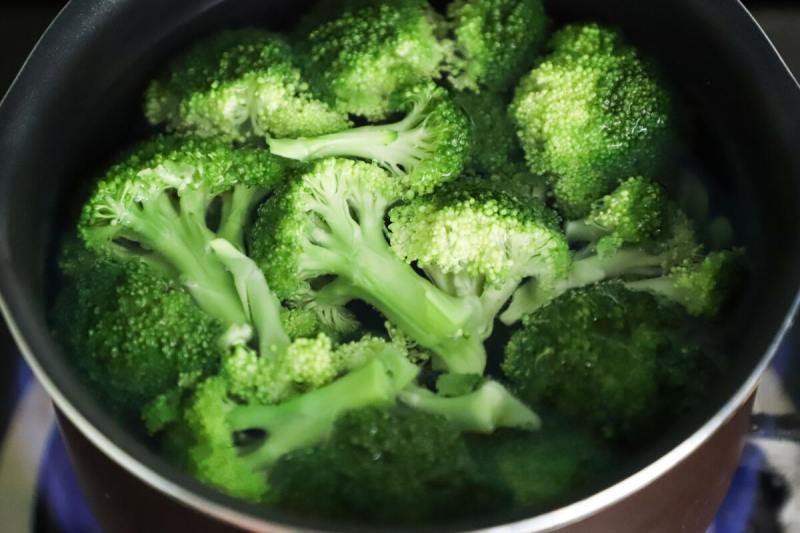
The healthiest vegetables
Don’t be afraid to branch out and try new vegetables, because eating a variety of colors and types of veggies will best provide your body with all of the micronutrients it needs for optimal performance, disease protection, and longevity. Without further ado, here’s list of the healthiest vegetables to add to your diet.
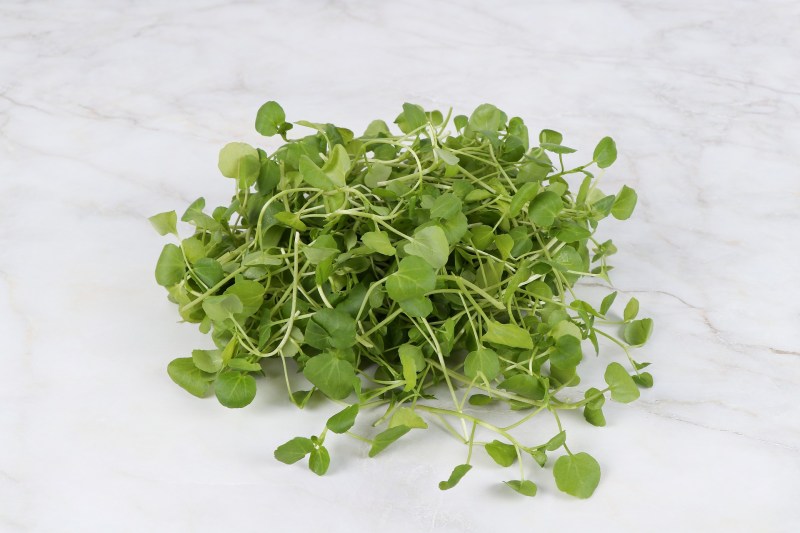
Watercress
Watercress is a delicate, dark, leafy green that’s part of the Brassicaceae family of vegetables alongside kale, cabbage, and Brussels sprouts. In terms of nutrient density, it’s the king of the vegetable world, boasting the most superior nutrition profile per calorie.
One cup (34 grams) of watercress contains only 4 calories, nearly one gram of protein, 22% of the RDI for vitamin A, 24% of the RDI for vitamin C, and a whopping 106% of the RDI for the rather hard-to-find vitamin K, a nutrient critical for blood clotting and bone health. Watercress also contains some calcium, iron, manganese, vitamin E, the various B vitamins, copper, and potassium. It’s great in salads, on sandwiches, or mixed in with herb garnishes.

Dark, leafy greens
Dark green, leafy vegetables like spinach, kale, and chard have long been touted as some of the healthiest foods we can eat — and they are. They are packed with vitamins, minerals, and fiber, all of which boost your overall health, and they contain prebiotics, which feed the beneficial bacteria in your body residing in your gut microbiome. Dark leafy greens are a good source of B vitamins like niacin, which has anti-inflammatory effects, and they contain leucine, which is necessary for healthy cell turnover. Spinach contains alpha-lipoic acid, a powerful antioxidant that acts as a free radical scavenger.
Dark greens also provide iron, calcium, vitamin K, vitamin C, and a decent amount of protein. Research shows that consuming at least one serving per day of green leafy vegetables may help slow the cognitive decline associated with aging due to their phytochemicals and antioxidants like phylloquinone, lutein, nitrate, folate, α-tocopherol, and kaempferol.
Green leafy vegetables also contain nitrates, which have been shown to increase the body’s production of nitric oxide, which improves the function of blood vessels and can lower blood pressure. There are many other greens to try as well, including beet greens, turnip greens, mustard greens, and collard greens.
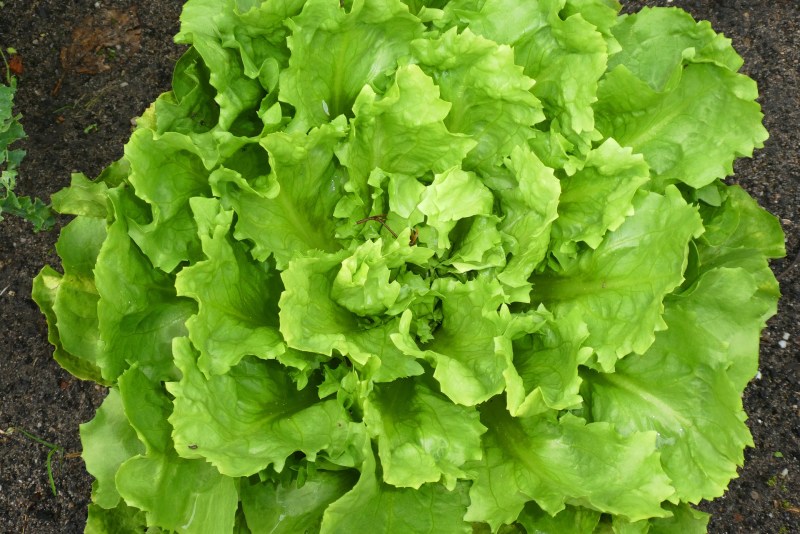
Endive, chicory, and lettuces
Chicory and endive are somewhat bitter lettuces packed with phytonutrients. Though dark-leafy lettuces also provide vitamins, minerals, and some fiber while contributing a negligible number of calories, chicory and endive are especially nutritious.
They have just under 10 calories per cup, but offer fiber, protein, calcium, potassium, magnesium, folate, and vitamins C, A, and K. When selecting other lettuces, opt for darker varieties over iceberg lettuce because the antioxidants are present in the darker pigments.

Chives and scallions
Chives and scallions, along with onions, garlic, and leeks, are in the family of plants known as Alliums. These vegetables produce sulfuric compounds, quercetin, flavonoids, saponins, and other antioxidants shown to have anti-carcinogenic, anti-inflammatory, antimicrobial, neuroprotective, and immunological effects.
They also have been shown to reduce the risk of cardiovascular and heart diseases, obesity, and diabetes, and can lower blood pressure. Chives and scallions are low in calories, but are rich sources of vitamins K, C. A, and contain B vitamins. They also contain minerals such as iron, zinc, copper, calcium, manganese, and magnesium.
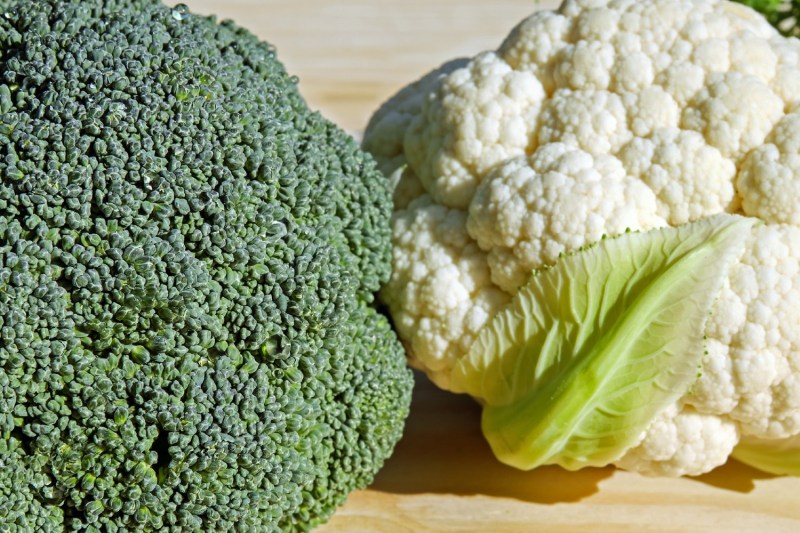
Cruciferous vegetables
Cruciferous vegetables include favorites like broccoli, Brussels sprouts, kale, bob chop, arugula, cabbage, and cauliflower, among others. Research shows that compounds in these vegetables, known as glucosinolates, can reduce the risk of brain, blood, bone, colon, gastric, liver, lung, oral, pancreatic, and prostate cancers, among others.
Any of the cruciferous vegetables are also low-calorie foods and good sources of fiber, folate, and vitamins C, E, and K. Evidence suggests the sulfuric compounds in cruciferous vegetables may also help slow the progression of atherosclerosis due to their anti-inflammatory and antiplatelet effects. Cruciferous vegetables are filling and versatile, and they hold up well to roasting, braising, grilling, steaming, and sauteing.

Peppers
Bell peppers come in a rainbow of colors, including green, red, yellow, and orange. The sweetness level and flavor vary slightly between colors, as do the specific antioxidants and polyphenols. To take advantage of the full spectrum of nutritional benefits in peppers, incorporate all colors into your diet.
Bell peppers are a good source of vitamin C, folate, and carotenoids. Their high water content also makes them a low-calorie veggie but also a nutrient-dense food. Try them raw in salads or with hummus, cooked in stir fries, roasted and stuffed, or in omelets.
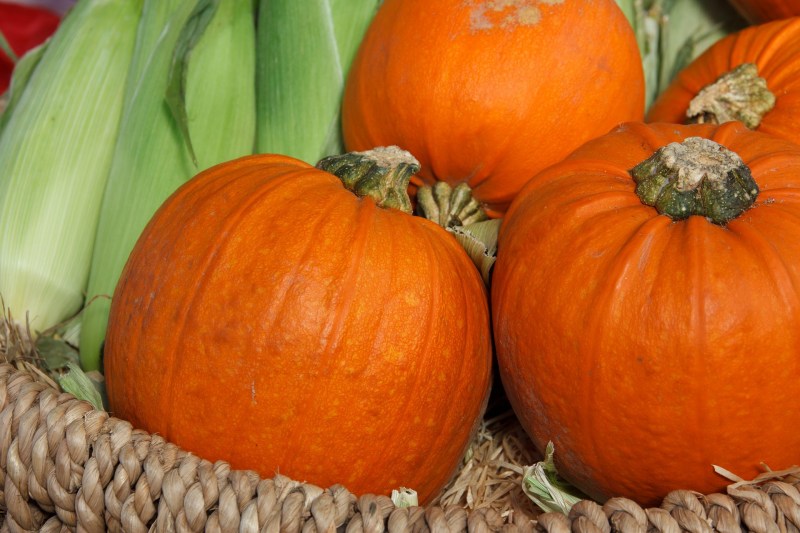
Pumpkin
OK, so pumpkin is technically a fruit, but it boasts an impressive nutrient profile that’s more aligned with that of other vegetables rather than fruits, so it deserves the spot it’s earned on this list. Plus, it’s such a nutrient heavyweight that you can’t go wrong adding it to any of your savory vegetable dishes (or try it simply baked or roasted!). One cup of cooked pumpkin (245 grams) contains approximately 50 calories, 2 grams of protein, and 3 grams of fiber.
In terms of micronutrients, pumpkin outshines most vegetables in vitamin A content, packing in 245% of the RDI in one cup. Vitamin A plays a key role in maintaining healthy vision and supporting the immune system. Pumpkin also contains an impressive amount of vitamin C, vitamin E, potassium, folate, iron, copper, and manganese. Like carrots, pumpkin is a great source of the carotenoid beta-carotene, which the body uses to produce vitamin A. Pumpkin is one of the best natural sources of lutein and zeaxanthin, which have been shown to support vision and reduce the risks of age-related macular degeneration (AMD) and cataracts.
Pumpkin is also great for healthy skin because the lutein, zeaxanthin, vitamin E, and beta carotene act as free radical scavengers in the body and reduce the harmful effects of UV rays on your skin. The seeds are also edible and very nutritious, offering a good source of healthy fats, zinc, magnesium, and fiber. Try roasting them in a 400-degree oven on a sheet pan and sprinkling them lightly with sea salt or paprika.
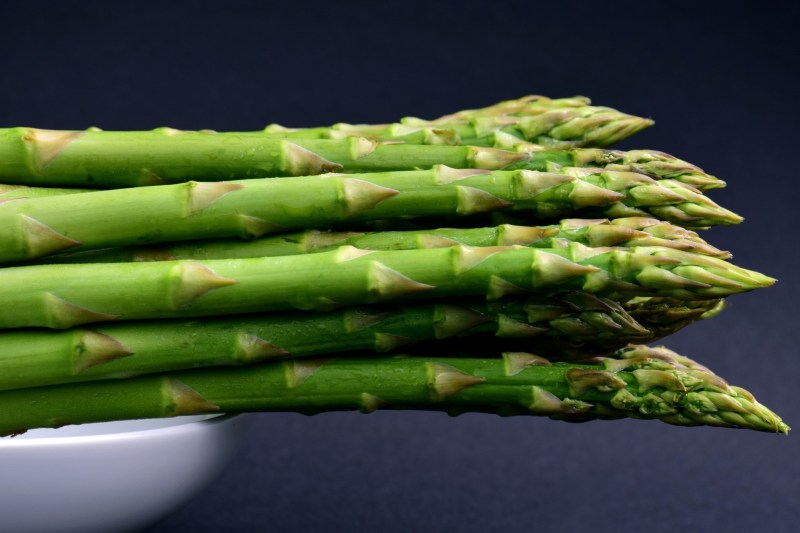
Asparagus
Asparagus is another low-calorie, nutrient-rich vegetable you should try to incorporate into your diet. There are only 20 calories in a half-cup (90 gram) serving, but you’ll get about 2 grams of both fiber and protein. It has an impressive micronutrient profile too, providing 57% of the RDI for vitamin K, 34% of the RDI for folate, and 18% of the RDI for vitamin A.
It contains a decent amount of vitamin C, potassium, phosphorus, vitamin E, and riboflavin. Asparagus contains antioxidants like glutathione, and flavonoids like quercetin, isorhamnetin, and kaempferol, which, along with their antibacterial and antiviral properties, can lower blood pressure and inflammation.
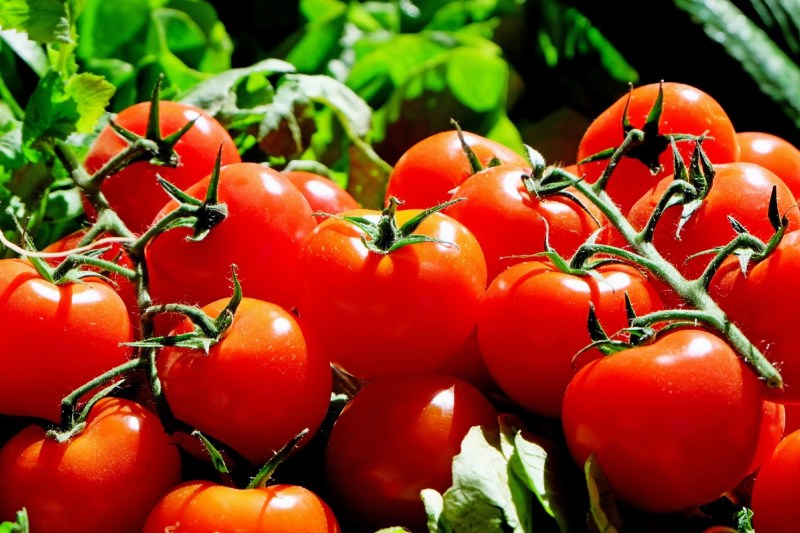
Tomatoes
Tomatoes are technically a fruit, but they’re often lumped with vegetables. They are rich in lycopene, a carotenoid that protects your cells against oxidative damage from free radicals. Tomatoes also contain selenium and antioxidants. A large cohort study demonstrated an inverse relationship between tomato and tomato product consumption and coronary artery disease and heart disease risk.

Carrots
Like pumpkin, carrots are packed with beta carotene and vitamin A, a fat-soluble nutrient vital for skin tissue regeneration and eye health. It helps prevent the skin from becoming overly dry, rough, and flakey, and clinical studies show it has a protective effect against UV damage. One study reported an inverse relationship between carrot or winter squash consumption and cardiovascular disease mortality.

Garlic
Like chives and scallions, garlic is an allium with many immunoprotective, anti-cancer, and anti-inflammatory benefits. Garlic also contains compounds called thiosulfinates, which have been shown to inhibit inappropriate blood clotting and aid circulation.
Studies have also shown that garlic may help reduce the risk of atherosclerosis and heart disease. It has long been used in natural medicine for its antibacterial properties. With only four calories per clove, garlic is an easy way to impart flavor to your dishes without adding calories.

Are vegetables healthiest when eaten raw
This is definitely the “rumor” and what we probably hear the most about eating our vegetables; however, it’s not a straightforward answer as to whether vegetables are always healthier raw. There are pros and cons to both raw and cooked vegetables, and the best way to consume a specific vegetable often depends on the nutrient you’re aiming to absorb.
Benefits of eating vegetables raw
There are several benefits to eating your veggies raw. Doing so preserves certain nutrients, such as vitamin C, folate, and some B vitamins. You also get the most fiber this way, which can aid with digestion and promote gut health. Raw vegetables contain naturally occurring enzymes that might aid with digestion, although research on this is ongoing.
Benefits of eating vegetables cooked
Cooking can break down cell walls in some vegetables, making certain nutrients, like beta-carotene (found in carrots and sweet potatoes) and lycopene (found in tomatoes), more bioavailable for your body to absorb. Another benefit to cooking is that it can make some vegetables easier to digest and more enjoyable to eat, especially for those with digestive issues or who find raw vegetables unappealing.
Ultimately, the healthiest approach is to incorporate a variety of vegetables in both raw and cooked forms into your diet. This ensures you get the full spectrum of nutrients they offer and enjoy a more diverse and satisfying way to eat your vegetables.
Editors' Recommendations
- How to do a leg press: Everything you need to know
- The best snacks for the Mediterranean diet: 9 healthy, tasty ideas
- How to do skull crushers the right way: The do’s and don’ts you need to know
- These are the fruits high in vitamin C you should be eating
- How to train for a 5K: What you need to know



